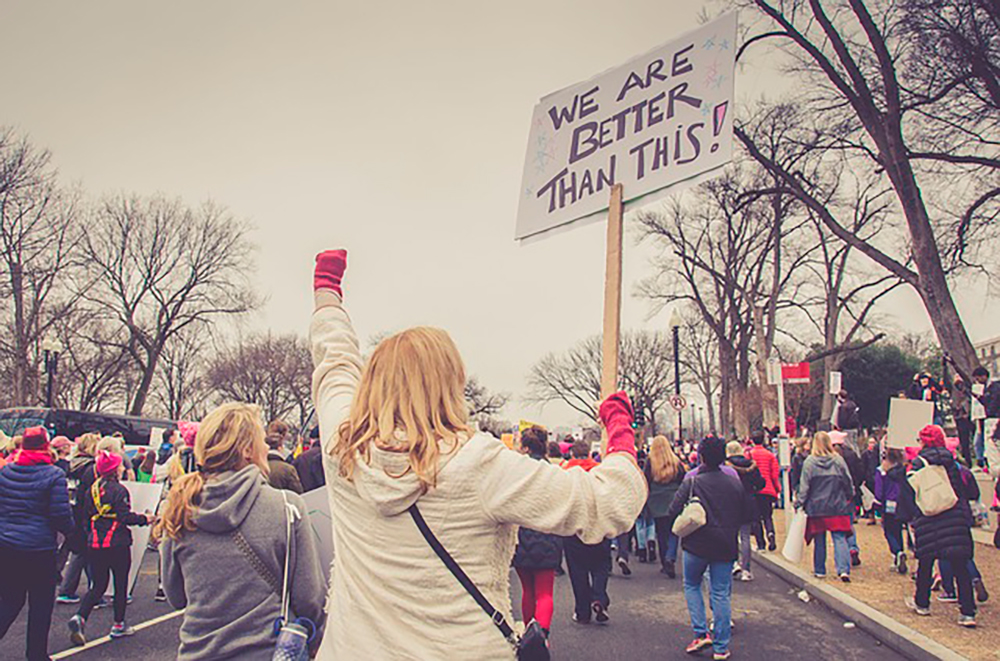Once coal-fired power could split the Coalition. Now the issue has vanished in a cloud of gas.
Canavan has agitated ever since for the fulfilment of that commitment, and a month or so ago Energy Minister Angus Taylor moved a regulation to grant $3.3 million to Shine Energy to undertake the study.
Two weeks ago, Labor, the Greens and a handful of crossbenchers failed to knock off the regulation when One Nation sided with the government in the Senate.
Labor then used the occasion to try to embarrass “inner-city Liberals” for their party’s support of coal-fired power.
“Hey Northern Beaches residents, what do you think of Jason Falinski giving $3.3 million of your money to help build a new coal-fired power station?” NSW senator Kristina Keneally tweeted against Falinski, who holds the seat of Mackellar.
Morrison did not disparage coal. He just didn’t talk about it.
The Liberals were unfazed. MPs such as Trent Zimmerman, Dave Sharma and Falinski, who have argued against the government funding coal-fired power, told Guardian Australia the feasibility study should go ahead not only because the study was an election promise, but because it would, if conducted “fairly”, conclude that there were cheaper and cleaner alternatives, such as renewables backed by gas.
New coal-fired power generation, even of the HELE variety, does not stack up economically or environmentally, Sharma said. The feasibility study will examine these questions and it does not commit the government beyond that.
Should this be the case, the $3.3 million will effectively be little more than go-away money, designed to demonstrate once and for all the private sector is done with new coal-fired power.
Morrison arrived at such a conclusion some years back, and the omission of coal as a future energy source from this week’s barrage of energy policy announcements tended to underscore that. He has pivoted towards capital markets, as one industry insider observed.
Three years ago last month, Morrison, then the treasurer, told a community policy forum at Wombat Hollow in the NSW Southern Highlands that the era of cheap, coal-fired power was coming to an end and anyone claiming it to be the sole solution to the nation’s energy dilemma was propagating a myth.
With Tony Abbott and others at the time spruiking so-called “clean coal”, Morrison noted new coal-fired power was much more expensive than that being generated by existing power stations that were nearing the end of their lives.
“If a HELE plant stacks up, or carbon capture and storage with HELE stacks up, by all means knock yourself out, but let’s not think that there’s cheap new coal, there’s not.
“Whether it’s a part of the system in the future, I think the rules will define that, but new cheap coal is a bit of a myth.”
In January this year, Morrison, as Prime Minister, used his year-opening speech to the National Press Club to anoint gas, not coal, as the transition fuel to a clean energy future. That was further cemented this week with the plans for a gas-led recovery. Morrison did not disparage coal. He just didn’t talk about it.
On Tuesday, when asked about his threat to build a gas-fired power plant in the Hunter Valley if the private sector failed to replace the capacity loss caused by the closure of Liddell, he praised gas as the best dispatchable power source.
Without naming coal, he said: “I’m not interested in having a 10-year debate with people about getting an approval for a project that may never happen. I want to focus on something that will happen. And we know that we can get something up here in Newcastle with a gas-fired plant.
“We have to dwell in the realm of reality.”
Morrison is being driven by pragmatism and economics rather than ideology. “We’re a very practical government, incredibly practical,” he says, “and I can assure you that the COVID-19 crisis and the recession that it has caused has made us even more practical.”
He has not shut the door entirely to coal but, in terms of being a future energy source, it’s been left with room to play at the edges. He has done this by including carbon capture and storage in the expanded list of fledgling low-emissions technologies that could be funded under changes to the mandates of the Clean Energy Finance Corporation and the Australian Renewable Energy Association.
If the technology eventually stacked up, CCS could be used to prolong the life of some existing coal-fired plants, such as Glencore’s proposal to apply CCS to its Millmerran power station in Queensland and store the carbon in the Surat Basin.
The bigger proposals for CCS, however, relate more to gas than coal. Chevron has been striving to make it work alongside its massive Gorgon project, while Santos has a well advanced proposal to store CO2 in the Cooper Basin.
In 2016, upon being appointed Malcolm Turnbull’s energy minister, Josh Frydenberg was among the first to push for the transition away from coal to gas and renewables.
Gas would provide “an affordable, accessible and reliable energy supply as we transition to a low-emissions future”, he said. “We need to have diversity in energy supply, that also means gas, and there’s still going to be a reliance on coal, even though there is going to be a transition away from coal, which is not a bad thing.”
One takeout from this week is that four years later, Morrison may have succeeded in weaning the Coalition away from coal-fired power towards cleaner energy, without splitting the party.
In environmental terms, it may be small beer but in political terms it’s akin to doing a U-turn in a battleship.

